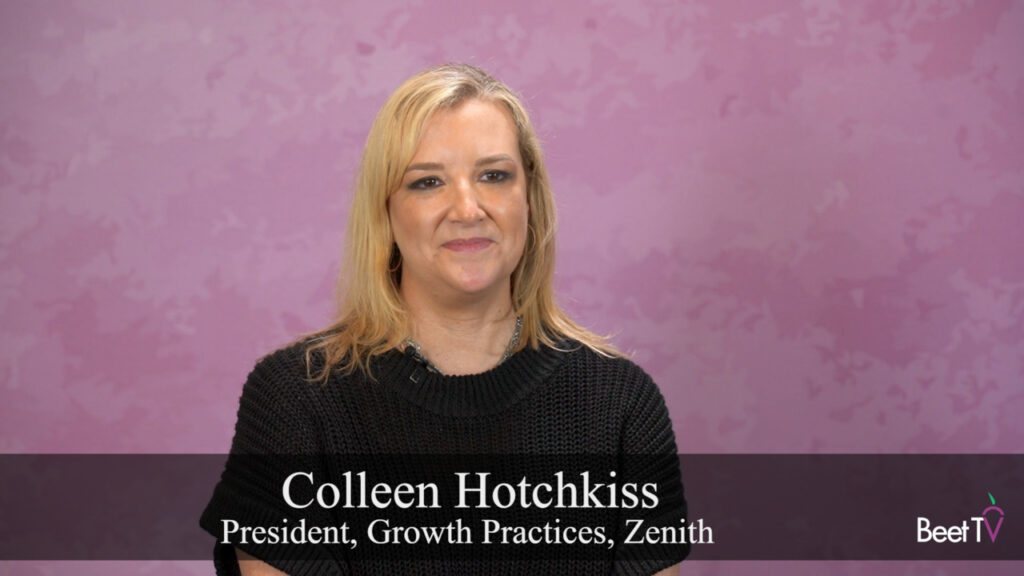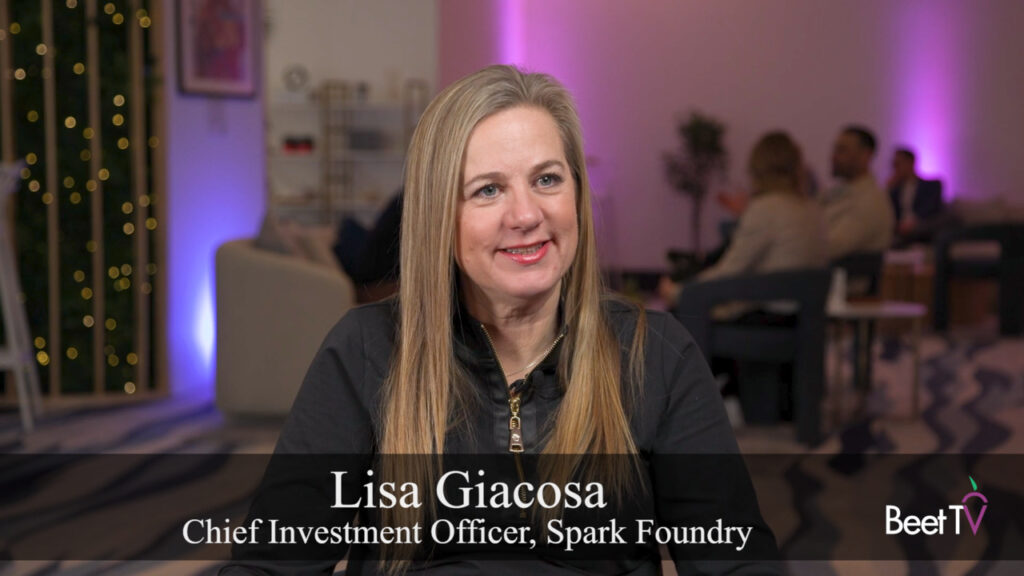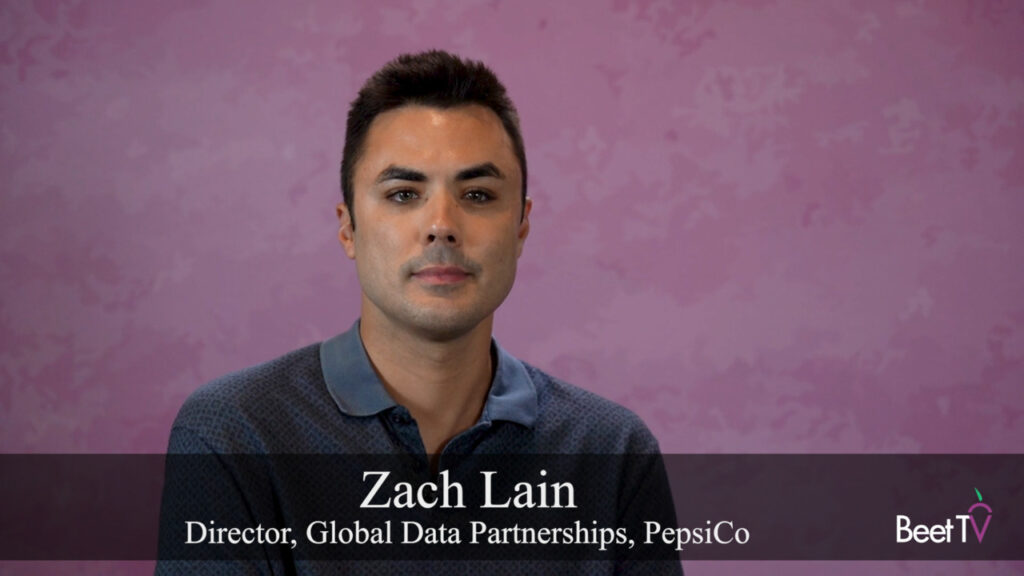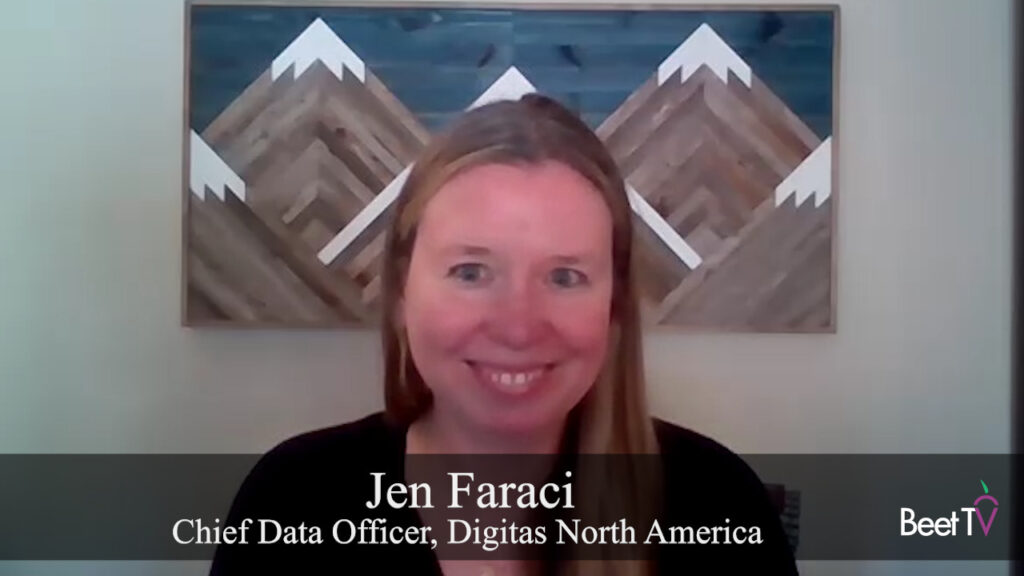To Time Inc., “transparency” is just another word for “validation.” And it’s nothing new to the publisher giant, which maintains a vast garden but eschews walls when it comes to sharing data with its partners.
“I think when folks are talking about transparency what they’re really talking about is validation. They really want to know that what they’re buying is exactly what we say they’re buying and it’s achieved the results,” says Judith Hammerman, SVP, Data & Programmatic Solutions, Time Inc.
The reasons for this desire are clear, as Hammerman explains in this video interview with Beet.TV.
“They’re big advertisers and they’re spending big budgets and they have large goals ahead of them. So it’s important that they be able to answer, both from a KPI perspective and for an overall ROI perspective, what they’ve been able to achieve,” says Hammerman.
To a certain extent for Time Inc., transparency is “a little bit of a non-issue” because it’s always asked its advertisers what they wanted to achieve and what were their metrics for success.
“For us, transparency isn’t a change. We’ve always been transparent,” Hammerman adds.
She then offers an interesting take on the walled garden moniker that often accompanies mentions of platforms like Facebook and Google. Quite simply, to be a walled garden environment you need a wall and a garden. “Garden is scaled content. What is bringing a consumer there and ultimately keeping a consumer there.”
While scale is baked into Time Inc.’s DNA, it’s the walls that are missing, according to Hammerman.
“We really try to ensure that the consumer can go wherever they want to go and that as they go we’re still capturing data,” she says. “But we’re also sharing that data with our advertisers so that they can learn the most.”
One of the things that interests Hammerman is the growing nexus of publishers, publisher data sources and supply-side platforms.
“A great example of this is Merkle’s M1 platform, where you really are bringing the best knowledge together and there’s a real collaboration happening on a more consultative level versus transactional level.”
As AdExchanger reports, Dentsu Aegis Network recently disclosed that its media agency brands in the U.S .will use Merkle’s PII-based M1 platform for centralized data planning and activation.
“It certainly puts more onus on the publisher to not only know their supply but know their consumer,” says Hammerman. “But to me it’s becoming a very exciting place where publishers can play and add incremental value.”
This video is part a series that examines programmatic from both the seller and the buyer perspective. It is presented by PubMatic. For more videos from the series, please visit this page.


























